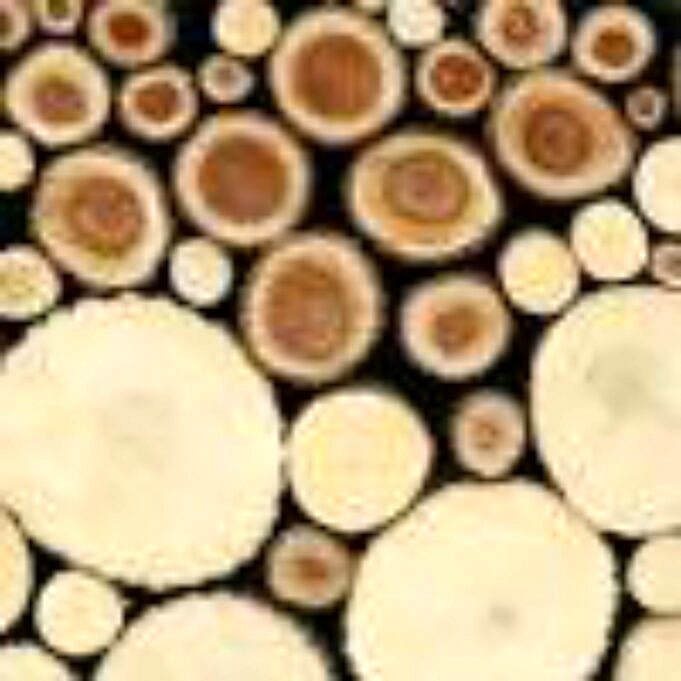Peter Follansbee is to blame for my terrible cough and coif. The June 2009 issue (on newsstands April 28, 2009) features a story by Peter about carving a 17th century panel. I am a 16th- and17th-century drama student, so I was instantly intrigued. Hey! I can carve a panel box like the one used by Renaissance actors to store their costumes. How cool would that be? !
Very.
But, to get started, I need a flitch of green oak. I dont know about your Lowes and Home Depot, but our home centers dont carry that kind of thing. We are located near Paint Lick, Ky. where Don Weber, our favorite bodger, is located.
Bodger is the name for an itinerant pole-lathe turner who used a spring-pole to turn parts for stick-built chairs. Don began his training on a lathe and spent time moving around Wales with a spring-pole lathe turning parts for local chairs. He still repairs chairs, but he also teaches classes in green wood woodworking (among other things), builds tables and chairs, is a blacksmith, timber-frame builder and much more (well share more of his fascinating story in the future).
Don also splits whole logs to make the majority of the wood that he uses. He says, “I don’t visit the lumberyard. I visit the logyard.” While this may seem an esoteric pursuit in this day and age, there are good reasons for splitting your own lumber, even if youre going to resaw it by machine. We captured the visit on video, so you can listen to Don explain why.
However, my panel carving adventure has been put on hold. Don has the perfect log to cut panels from, but it is on land he’s just cleared. On the day we visited, that meant it was in the rain in an mud hole. So, Don split a smaller log he had out behind his shop. I still got drenched, but at least theres no video of me flat on my back in the mud, axe in hand.



